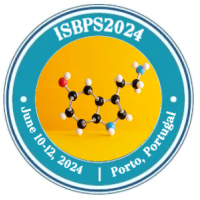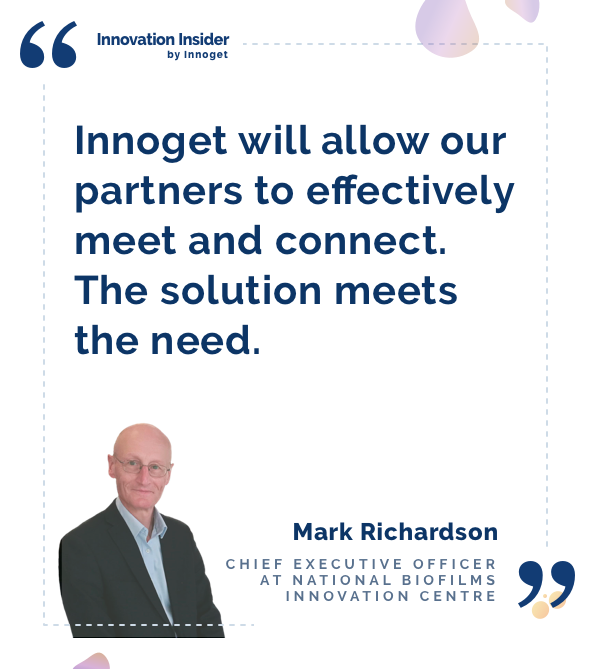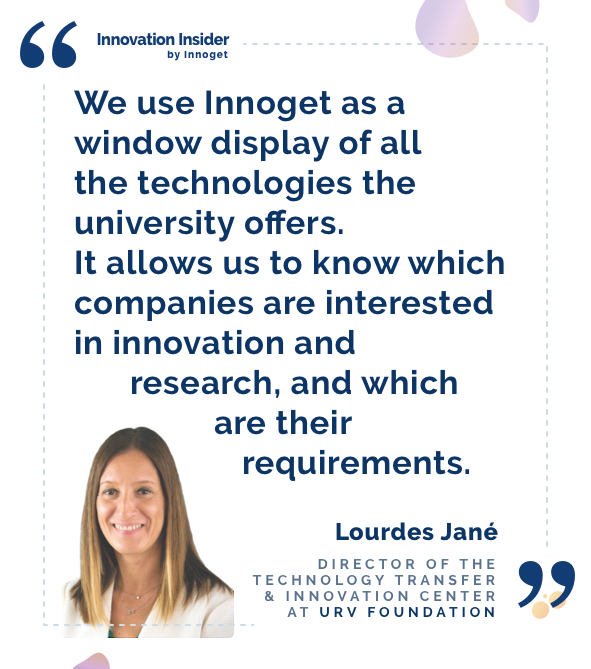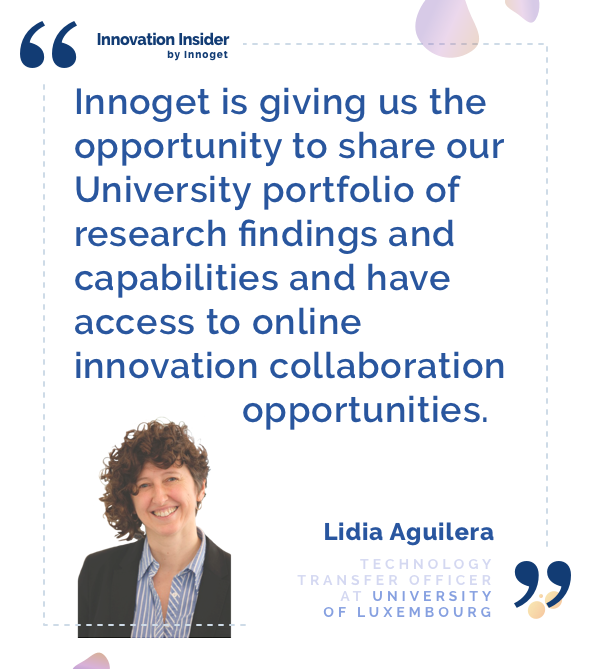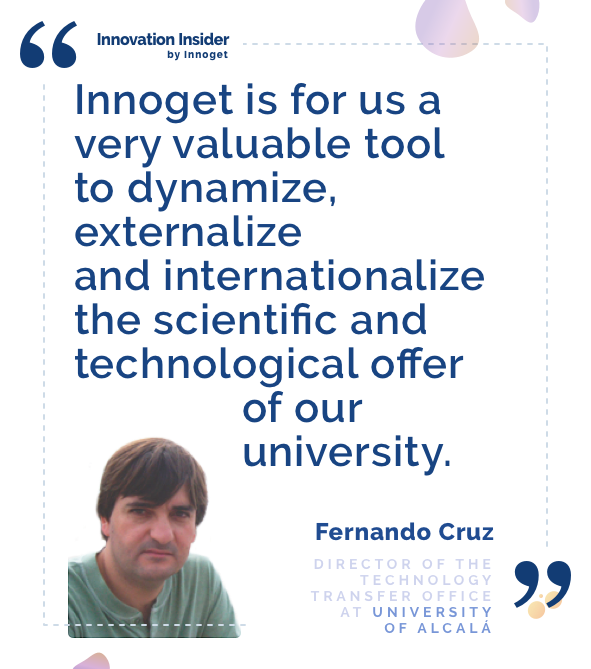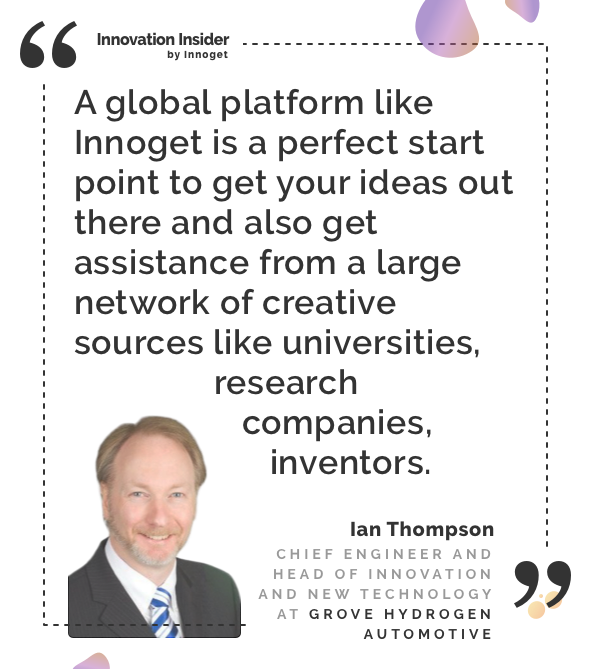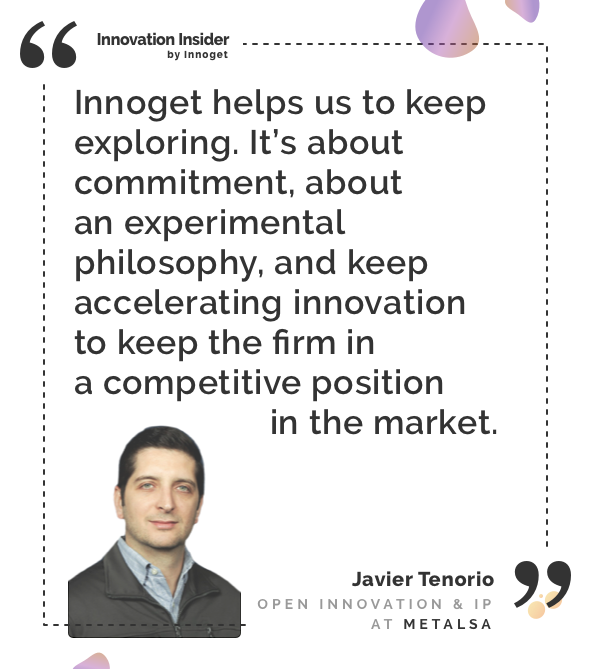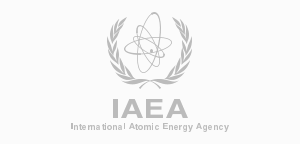Popular on Innoget
Publications
- View more
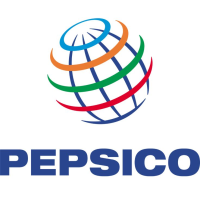 | Seeking Technology for extraction/limiting absorption of oil/hydrophobic fluids |
|
New technologies/IP that identify new technologies for oil extraction or preventing absorption of lipids in a porous matrix e.g. potato chips. These technologies can be outside of the food industry such as pharmaceutical, petrochemical to enable oil/hydrophobic fluid removal/reduction. Key areas of focus: 1) Tech limits absorption of hydrophobic fluids (e.g. high temperature post frying to promote oil drainage) 2) Tech that extracts hydrophobic fluids (e.g. steam stripping, centrifuge, super-critical CO2 extraction, ultrasonic) 3) Tech that prevents creation of a porous matrix when exposed to thermal energy (e.g. (pre-treatments such as pulse electric field)) |
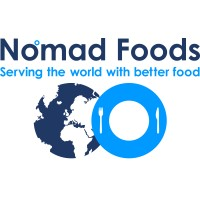 | Seeking Materials &/or Technologies to enable technically recyclable Vacuum Packaging for frozen foods |
|
We are looking for any new materials or technologies that can enable the products in our portfolio that are currently in multi-material non-recyclable Vacuum Packaging to be classified as recyclable according to the current Nomad Foods Definition of recyclable (minimum of 90% single polymer type – following CEFLEX Guidance). Specifically, we are interested in: - Recyclable plastic structures that can meet all the functional requirements of vacuum packaging - Coatings or treatments to recyclable plastic films that enable the current functionality of vacuum packaging to be maintained - Alternative recyclable packaging structures that provide the same benefits of vacuum packaging for food products |
 | Seeking Glass Strengthening and Lightweighting Technology |
|
PepsiCo is looking to explore non-plastic alternatives for beverage packaging. One such alternative material is glass. It is currently used as a single use or returnable solution in PepsiCo's portfolio. We are looking for a "Superior" substitute for the existing Soda Lime type of glass bottles. |
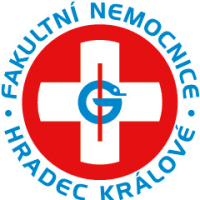 | Muscle Strength Measuring Device |
|
Background Manual muscle-testing and the use of a dynamometer are the most common methods to measure muscle strength. Currently used methods of semi- and quantitative measurement of maximal muscle strength require subject cooperation and thus depends on engagement of tested subject. Measuring muscle strength may be an important component of physical training or nutrition evaluation and assessment. Descricption of the Invention The lack of quantitative data of muscle strength resulted in the development of our device. Our solution is objective dynamometry. The device works on the principle of electrical stimulation of the musculus tibialis at the motor point by a series of stimulation with increasing intensity. The maximum muscle strength and muscle fatigue are determined from the measured values using torque sensor based on tensometric measurement. This noninvasive approach enables appropriately investigating the characteristics of muscles and assess distribution of fast and slow muscle fibers. Our device is intended not only for sports medicine (effect of training and nutrition on athletes’ performance) and for athletes themselves, but also for intensive medicine (sarcopenia, coma, long-term diseases). We have developed a prototype of second generation according to regulations that are required to follow for devices of such type. Advantages Currently, the devices on the market are based on dynamometric principle engaging human will. Our device operates objectively independently of human will. Our device is mobile, simple and easy-to-use. Our device is a suitable tool to screen for sarcopenia and identify effective ways for preventive and therapeutic interventions and thus prevent the disastrous consequences of sarcopenia. Moreover, our solution offers technique that teaches athletes how to improve their health and physical performance. |
 | Shimmer3 Bioimpedance Monitor - Monitoring HR, respiration rate and depth, and the increase in fluid in the lungs to triage and remotely monitor Covid-19 patients |
|
Managing the huge influx of patients in hospitals is one of the most critical challenges of the current COVID-19 pandemic. Shimmer’s Bioimpedance Monitor has the potential to help manage this challenge by monitoring HR, respiration rate and depth and the increase in fluid in the lungs to triage and remotely monitor patients. Background Bioimpedance, specifically across the lungs, has long been studied in Chronic Heart Failure (CHF) and Acute Respiratory Distress Syndrome (ARDS). This measurement provides useful indicators of respiration, including rate, volume, and fluid in the lungs. Because COVID-19 attacks the lungs, these measurements provide clear indications of the progression of the disease. This information can be used in many ways, potentially including: • Monitoring patients remotely at home to determine, if and when, they will need to be admitted to the hospital • Monitoring patients in a hospital to determine when they need more aggressive treatment (e.g., ventilators) • Enabling the earlier release of non-acute patients because of the ability to monitor at home • Adjusting the treatment depending on the rate of progression of disease |
 | Functional actives for animal nutrition and hygiene based on synergistic mixes of plants already authorized as nutrients and feed additives |
|
Alternatives to antibiotics made of edibles/feed additives with activities against multi-resistant bacteria, including many of high concern and/or interest in agriculture and aquaculture |
Job opportunities
Introducing Innoget Jobs
Great innovation projects are built with
talented and creative people.
INNOVATION INSIDER


